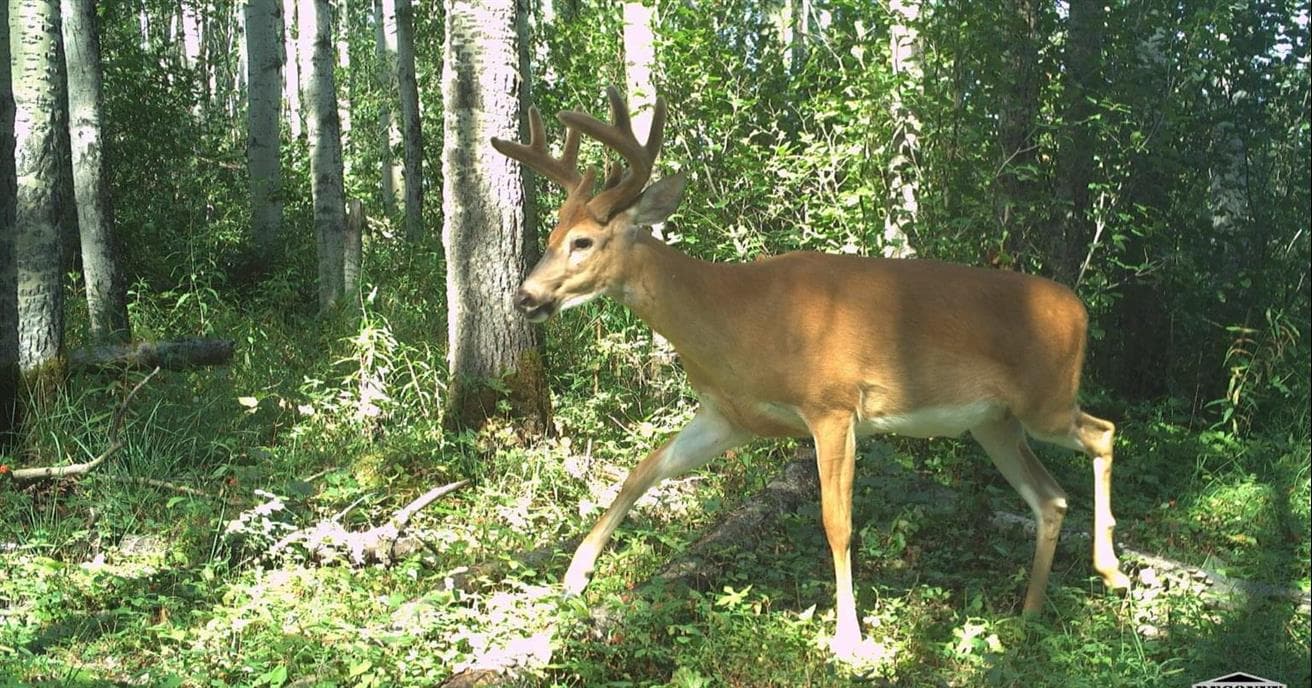Roberto, a Senior Environmental Advisor at Suncor’s MacKay River site, has helped lead a wildlife monitoring program that continues to show the incredible diversity of animals we have around our oil sands sites.
Roberto has helped set up 27 cameras around the in situ site and has seen an incredible breadth of animals on the cameras including: moose, lynx, whitetail deer, black bears, martens, fishers, squirrels, coyotes, wolves, spruce grouse and many others.
“The importance of the monitoring program is to ensure we minimize impact on animals from our activity,” says Roberto, who has been with Suncor since 2009. “And as you can see from the photos, we continue to see great diversity around our sites and we hope to see more diversity with continued monitoring."
Roberto knows what we’re seeing from the cameras is important, but he says it’s the attitude of the people on site that is the most important for wildlife conservation. He shared a story of workers coming to work on the HVAC system on the roof of a main operations building at site.
As the workers climbed up to the roof, they noticed an owl quickly flying away as they approached. Surprised to see an owl, the workers started looking around to see if they could find where the owl had come from. They found a plastic box that had been left on the roof from previous work. In the box, there were two baby owlets.
The workers immediately flagged off the location to avoid any further disturbance and notified Roberto to ask for any other advice. Fish and Wildlife was notified and Roberto, with the support of the operations team, continued to monitor the location for three months until the owlets were old enough to fly on their own. It’s a great example of our purpose “caring for each other and the Earth”.
“We’re surrounded by natural habitat, so we need to care for what we have,” says Roberto. “The nature of our business means we do have to disturb some land. But with the team and their care for the environment around them — it's why we continue to see such great wildlife diversity around our sites.”







.jpeg?mw=304&modified=20220302210525&hash=4FDD3E9879E1B6E92F5C47AAC7E070C2)
